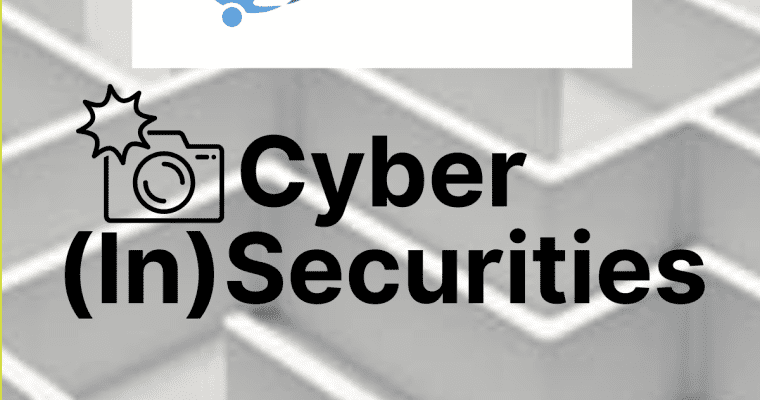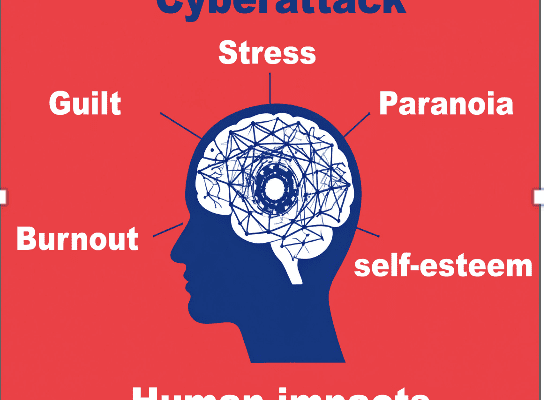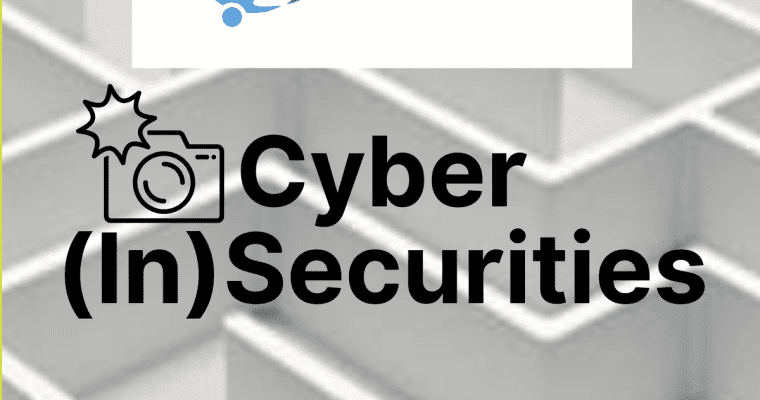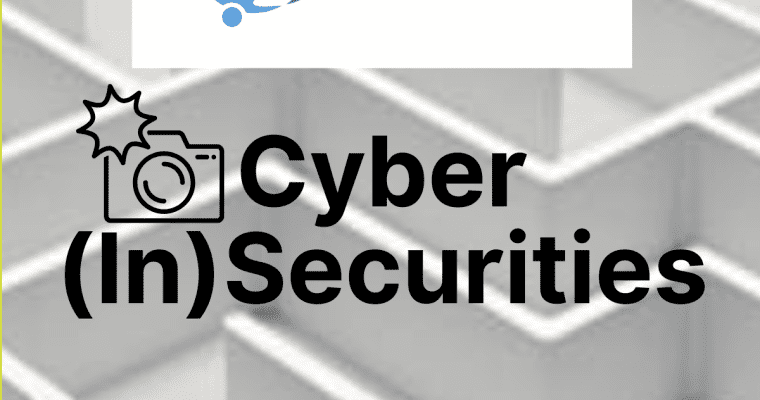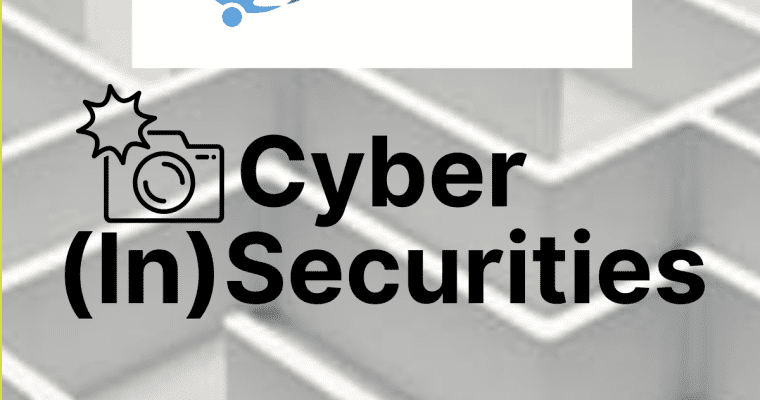Recent Posts
Cyber (In)Securities – Issue 162 – Snapshot Edition
16 Billion Passwords Leaked, Qantas Targeted, and Active Exploits Disclosed This edition covers a string of major cybersecurity developments shaking industries worldwide. A silent breach has exposed 16 billion passwords, triggering government advisories. Qantas confirmed it was contacted by a potential cybercriminal following a data …
What happens to Heroes?” EPISODE #8: The Unsung Heroes of the digital world by Didier Annet
The Psychological Impacts of Cyberattacks What I will call the “Heroes” The psychological impacts hitting the Heroes. “Yes, I’m different today. Insecurity is much more prevalent for me, it’s much more present in my head and in my everyday life. I try to make people …
Week 27 – Retire your D-Link DIR-816 router
30 June – 06 July 2025 Our CVE of the Week post brings you another fresh attack on a network device, but this time it affects owners of a D-Link DIR-816 wireless router, which is used in small home networks. The router provides dual-band AC …
Cyber (In)Securities – Issue 161 – Snapshot Edition
Cyber (In)Securities – Edition 161: Qantas Data Breach, AI-Powered Phishing, and Global Cybersecurity Shifts In this week’s Cyber (In)Securities, we spotlight the Qantas Frequent Flyer breach that affected over six million users. While financial data may not have been exposed, the compromise of travel patterns, …
Transformation in Technology and Cybersecurity by Sapann Harish Talwar
In today’s increasingly digital and hyperconnected world, transformation in technology and cybersecurity is no longer a choice. It has become a strategic imperative. Organizations across all industries are accelerating efforts to digitize their operations, modernize infrastructure, and adopt emerging technologies such as cloud computing, artificial …
Cyber (In)Securities – Issue 160 – Snapshot Edition
Cyber (In)Securities | Edition 160: Iranian Cyber Threats, 2FA Bypass Surge, and AI Disinformation This edition of Cyber (In)Securities tracks urgent cyber alerts from CISA, an exploited Citrix vulnerability (CVE-2025-6543), and a rise in 2FA bypass attacks. We cover healthcare data breaches, phishing campaigns, ransomware …
Week 26 – What if the zero-trust provider can’t be trusted?
23 – 29 June 2025 The blast radius of a compromised security solution is always massive — just like the Cisco ISE API vulnerabilities featured in this post from our CVE of the Week series. Cisco’s ISE (Identity Services Engine) is the Network Access Control …
Cyber (In)Securities – Issue 159 – Snapshot Edition
(In)Securities | Edition 159: ICS Alerts, IntelBroker Fallout, and Cybercrime Crackdowns This edition covers rising threats to critical infrastructure, major vulnerability disclosures, and global law enforcement action. CISA has released new Industrial Control Systems advisories and expanded its Known Exploited Vulnerabilities catalog. Meanwhile, the arrest …
AI Security Challenge
The landscape of AI security presents a unique challenges. Adversaries are increasingly sophisticated, aiming to manipulate AI models, exfiltrate sensitive data, or exploit vulnerabilities within AI systems for various malicious ends. On top they are using /consuming millions of feeds , so we are looking …

